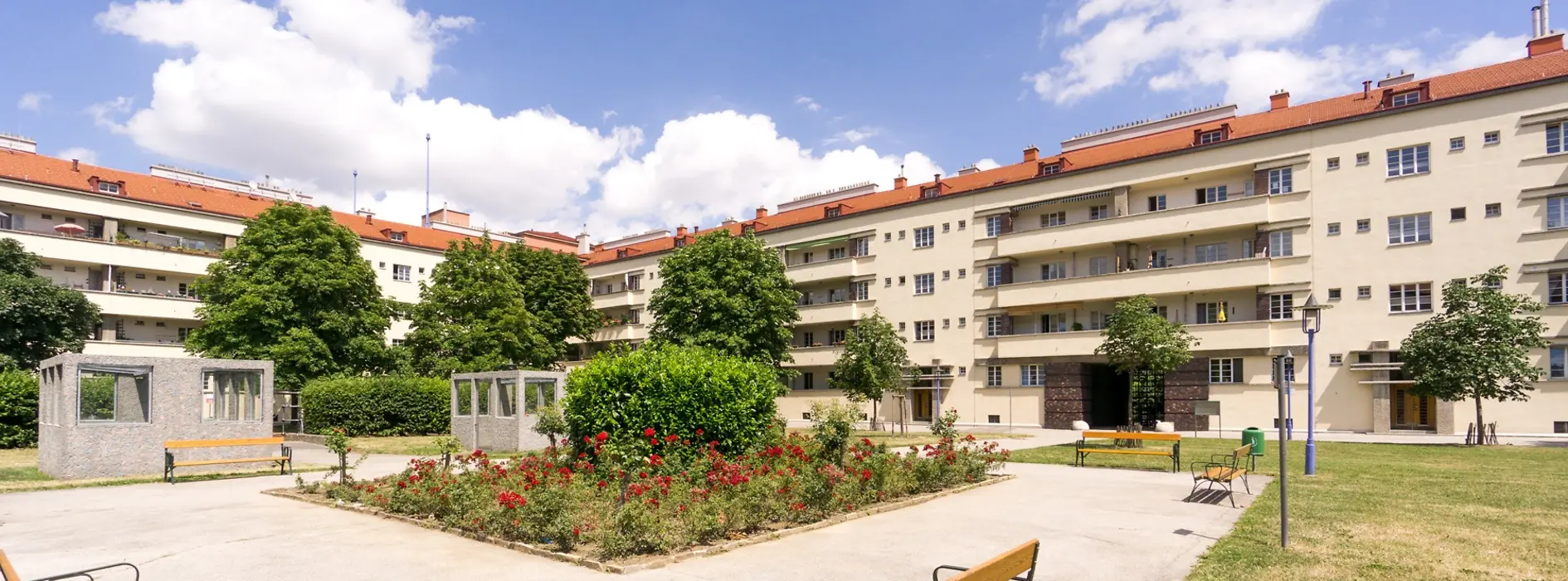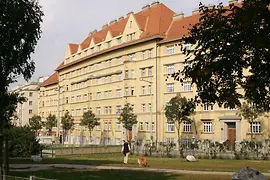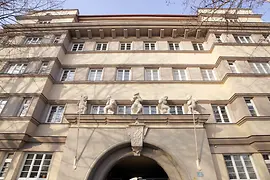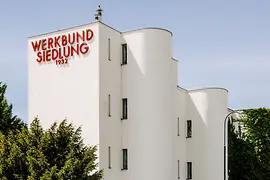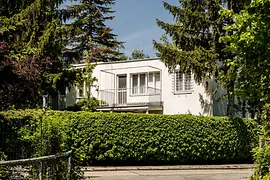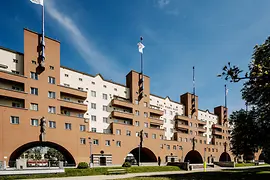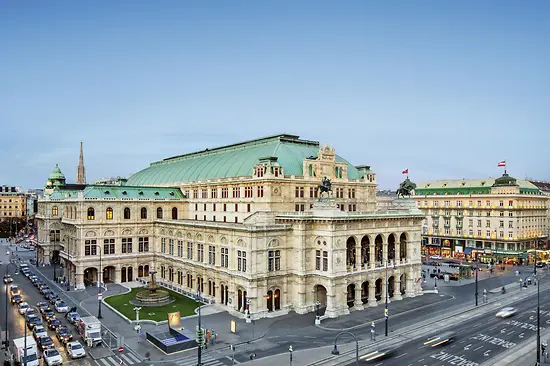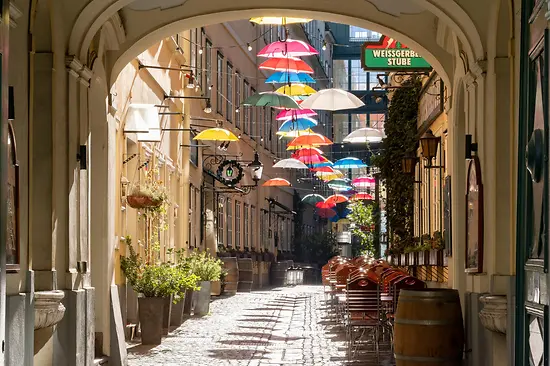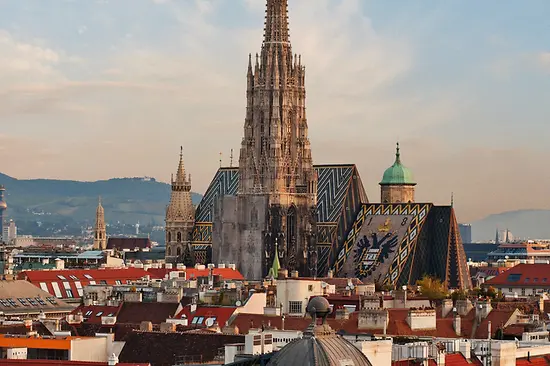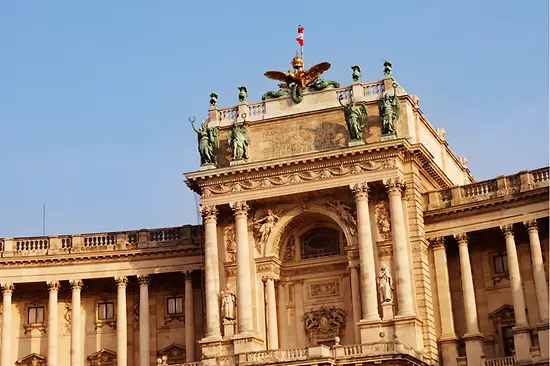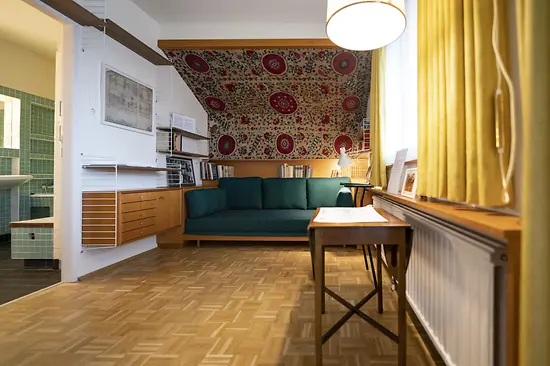Social housing
The Social Democratic government of the First Republic (1918-1934) wanted to improve workers' quality of life. The plan was to erect large housing complexes that were affordable and offered their residents good living conditions. The social housing functioned as a city within a city and was usually built as perimeter block developments: a large gateway led into the often landscaped interior courtyard, from which the individual stairways and apartments were accessed. Amenities such as swimming pools, supermarkets, laundromats, and kindergartens were frequently situated in the common buildings. The first housing estate to be built in Vienna was the Metzleinstalerhof in the 5th district.
Many of the architects were students of Art Nouveau icon Otto Wagner at the Academy of Fine Arts. They included Karl Ehn, who planned the famous Karl-Marx-Hof in the 19th district of Vienna. Together with the Sandleitenhof with 1,531 apartments in the 16th district, he is the poster child of "red housing" in the period between the wars. In the Karl-Marx-Hof, which accommodates 1,272 apartments on a total of 156,000 square meters, there is a museum in the laundromat which explains the communal housing of this era. 61,175 apartments in 348 housing blocks and 5,227 apartments in 42 terraced house developments were built between 1923 and 1934. 400 architecture offices participated in the construction. Interrupted by the Second World War, the city of Vienna took up its social construction projects again in 1947, and has continued these - adapted architecturally to the era in question - until the present.
At the beginning of the 1930s, the so-called Werkbund estates were built. The underlying idea was that of a new estate movement. The aim was to achieve economy in the smallest space and functional solutions. The model houses were supposed to be affordable, able to be built in series, and with flat roofs. The Vienna Werkbund Estate in the 13th district had a total of 70 buildings and was built between 1929 and 1932 under the direction of Josef Frank. Prominent architects included Josef Hoffmann, Clemens Holzmeister and Adolf Loos. However, the Werkbund Estate did not succeed - although today it is one of the most significant examples of modern architecture in Austria. Starting in 1933, Austrian fascism left little space for socio-political experiments, which ended completely with the annexation of Austria to Hitler's Germany in 1938.
The Nazi era hardly left any architectural traces in Vienna, aside from the six flak towers that are visible today - like warnings - on the skyline. Since the 1960s, countless outstanding examples of modern architecture have been built in Vienna.
Links with more information:
